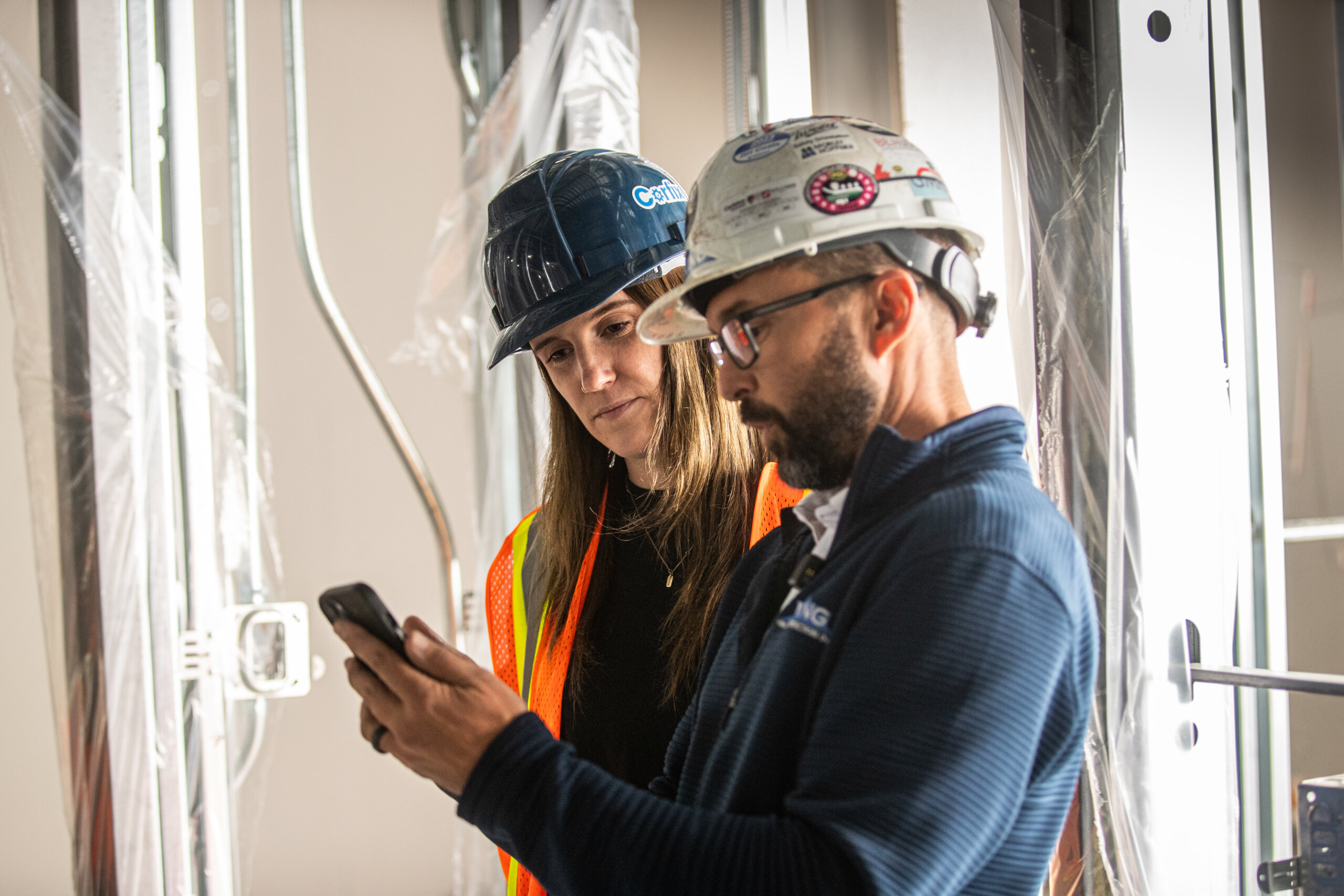With material costs climbing and project budgets under pressure, it’s easy to see why some construction firms hesitate to invest in safety. Maybe it’s upgrading PPE, adding more training sessions, or implementing software to track safety compliance—it all comes with a price tag. When every expense is under scrutiny, spending more on safety might seem like a luxury rather than a necessity.
But here’s the reality: investing in safety is one of the smartest financial decisions a construction company can make. The upfront costs of better training, technology, and equipment pale in comparison to the expenses of workplace injuries, project delays, and rising insurance premiums.
So while cutting back on safety might feel like a way to balance the books, the real way to protect your bottom line is by strengthening safety measures—not skimping on them.
The Hidden Costs of Not Investing in Safety
For companies trying to control costs, safety often gets pushed down the priority list. But when accidents happen, the financial impact is immediate—and far worse than the cost of prevention.
- Injuries Are Expensive—And They Add Up Fast
An injury on-site isn’t just a problem for the worker involved—it’s a financial hit for the entire project. There are direct costs (medical bills, workers’ compensation, lost labor hours) and indirect costs (project delays, productivity losses, and the impact on team morale).
In 2023, over 158,000 construction workers missed time from work due to job-related injuries. That’s a staggering number of lost workdays, and each injury means more financial strain on the company.
- Higher Insurance Premiums
Insurance companies don’t take safety lightly. A poor safety record means higher workers’ comp premiums, general liability insurance hikes, and a reputation that makes bidding on future projects harder. Investing in safety measures—whether through training programs or better monitoring—can actually reduce long-term insurance costs.
- Lawsuits and Fines
If an accident is serious enough, it can lead to lawsuits, OSHA fines, and legal fees that far outweigh the cost of implementing a proper safety program. Even if your company wins a case, the damage to its reputation and the time spent dealing with legal battles are costs no one wants to absorb.
Why Safety Investments Pay for Themselves
The good news? Investing in safety doesn’t just prevent problems—it actually saves money and improves operations. Companies that take safety seriously see fewer disruptions, lower costs, and better overall efficiency.
- Fewer Injuries = Lower Costs
The most obvious benefit of a strong safety program is reducing the number of injuries on-site. Fewer injuries mean less time lost, fewer insurance claims, and lower workers’ comp costs.
A real-world example: Turner Construction implemented a safety management system and saw a 50% reduction in incident rates, which translated to $25 million saved in workers’ compensation and related expenses.
- Increased Productivity
Safe job sites are more efficient. When workers don’t have to worry about unsafe conditions, they stay focused, and projects move forward without delays caused by incidents or investigations. A solid safety culture also helps retain skilled workers, reducing turnover and training costs.
- Safety Technology Streamlines Compliance
A big reason some companies hesitate to invest in safety is the assumption that it will slow things down. But with the right safety software and digital tools, tracking compliance, logging incidents, and ensuring workers are properly trained can be easier and faster than ever.
Instead of relying on stacks of paperwork and reactive measures, technology helps companies stay ahead of safety risks—reducing the chance of an incident before it happens.
Final Thoughts
With rising costs across the industry, it’s understandable that construction companies are looking for ways to keep spending in check. But when it comes to safety, cutting back isn’t the answer—investing wisely is.
The companies that come out ahead won’t be the ones that skimp on safety to save a few dollars today. They’ll be the ones that invest in smarter, more efficient ways to protect their workers, avoid costly accidents, and keep projects moving forward.
